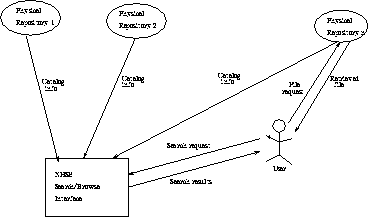
Figure 1: Virtual Repository Architecture
Previous: Introduction
The effectiveness of the NHSE will depend on discipline-oriented groups and Grand Challenge teams having ownership of the discipline-oriented software repositories. The information and software residing in these repositories will be best maintained and kept up-to-date by the individual disciplines, rather than by centralized administration. Central administration will be use instead to handle interoperation and to meet common needs, such as indexing, searching, etc.
Although the various disciplines will have ownership of the repositories, they should not be expected to develop the software and tools for building, managing, and interfacing to their repositories. Because much information retrieval (IR) software is currently available, both in the form of client and server programs (e.g., http servers and WWW browsers), as much of this software should be incorporated into the NHSE as is useful. Using existing software has the following advantages:
The scope of the NHSE is software and software-related artifacts produced by and for the HPCC Program. Software-related artifacts include algorithms, specifications, designs, and software documentation. A software package or software-related artifact is also called an asset, defined to be any item of interest stored in a reuse library. The following three types of software are to be made available:
Although the different disciplines will maintain their own software repositories, users should not need to access each of these repositories separately. Rather, the NHSE will provide a uniform interface to a virtual HPCC software repository which will be built on top of the distributed set of discipline-oriented repositories, as shown in Figure 1. The interface will assist the user in locating relevant resources and in retrieving these resources. A combined browse/search interface will allow the user to explore the various HPCC areas and become familiar with the available resources. A longer term goal of the NHSE is to provide users with domain-specific expert help in locating and understanding relevant resources.

Figure 1: Virtual Repository Architecture
Previous: Introduction